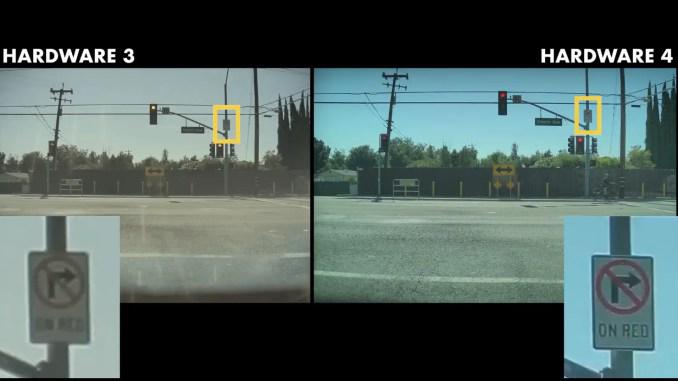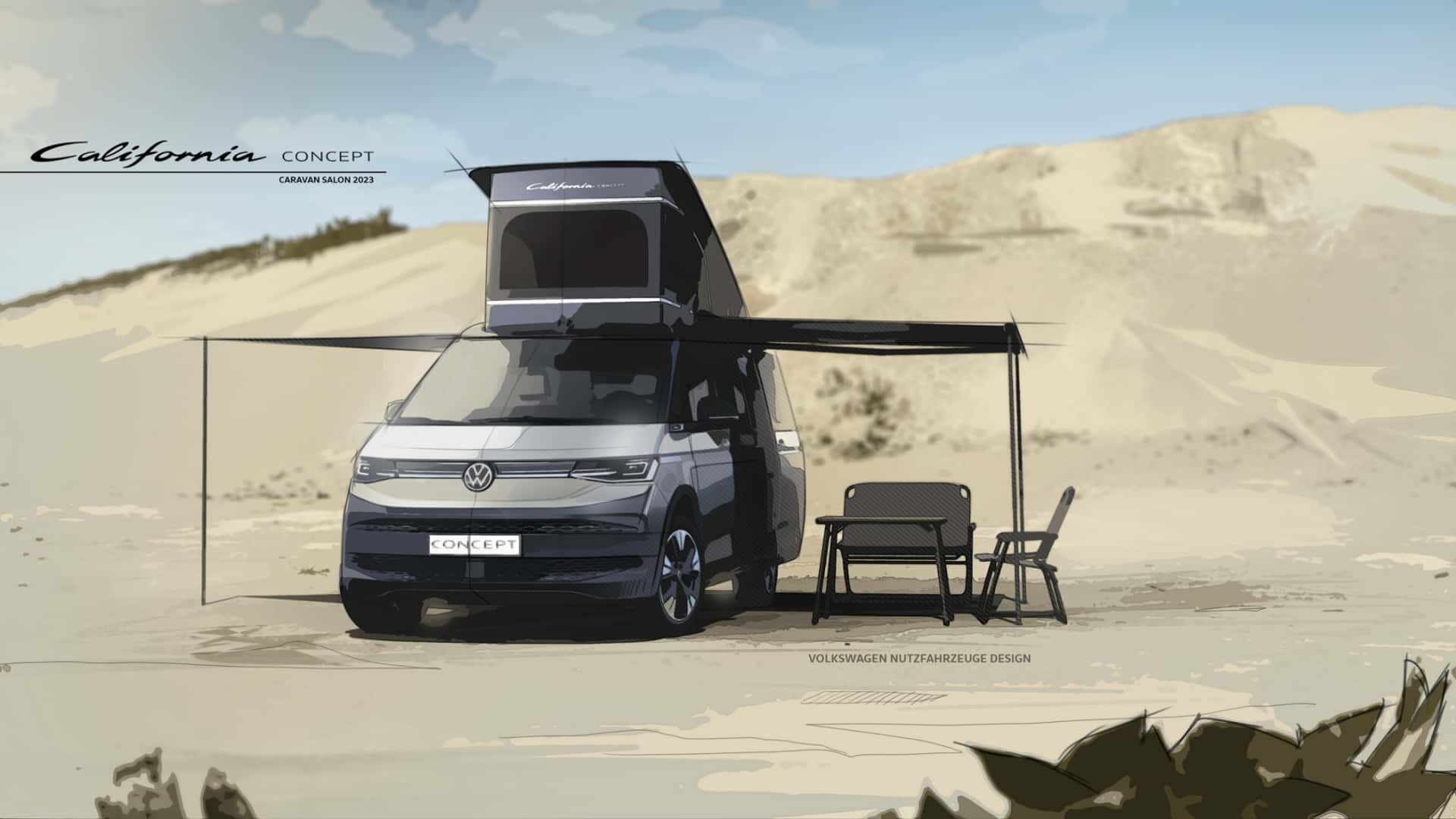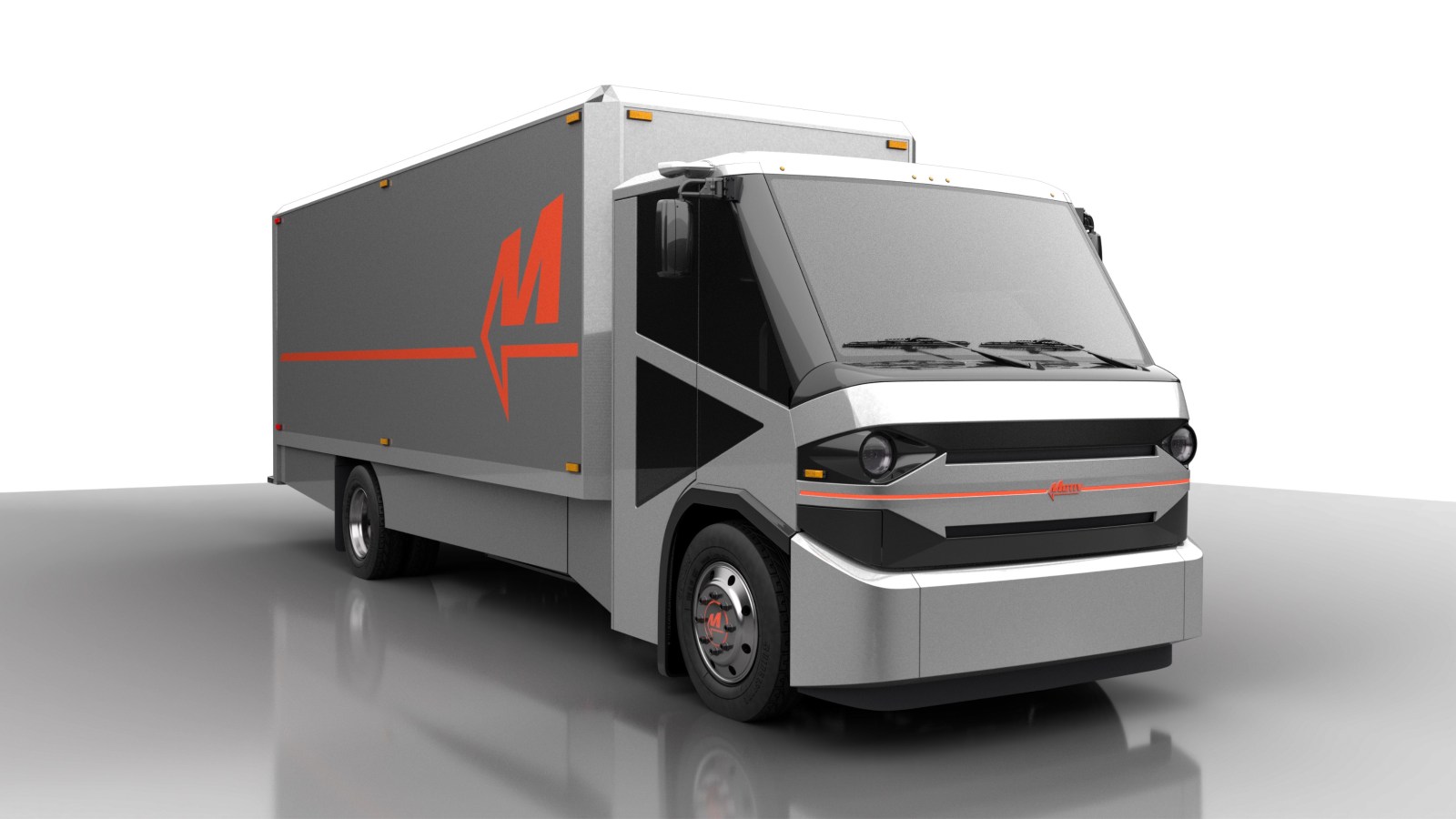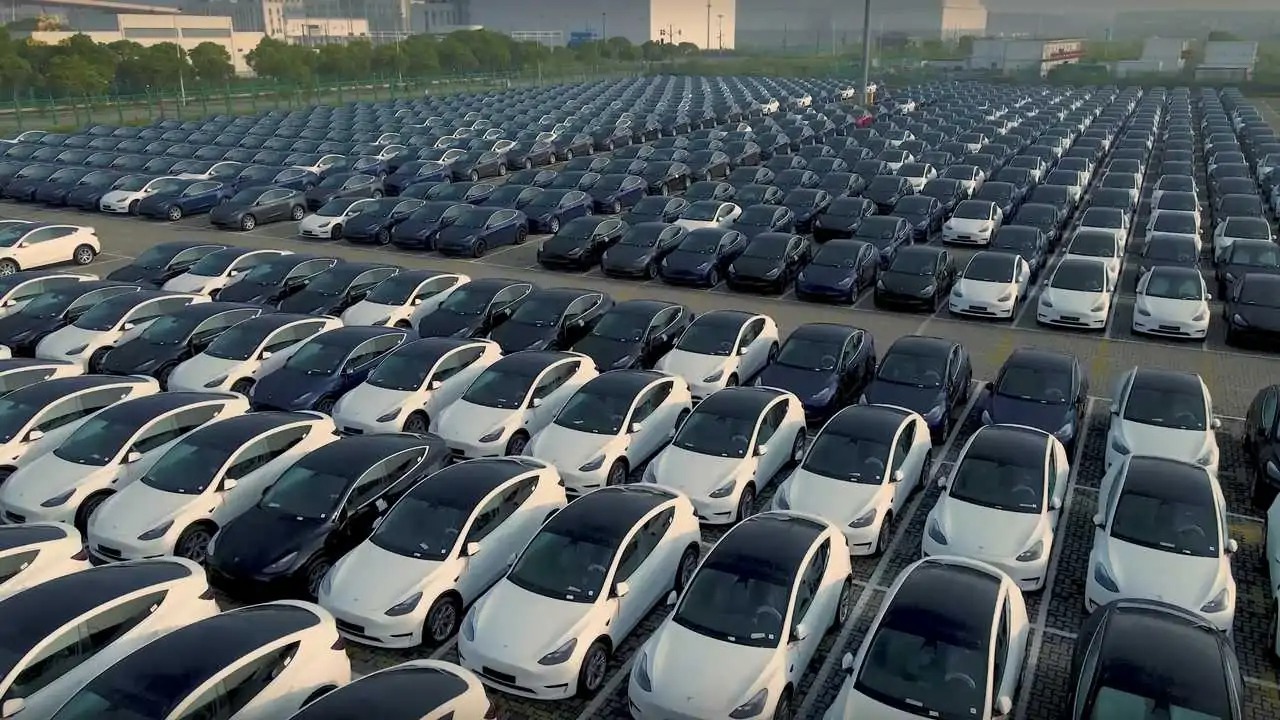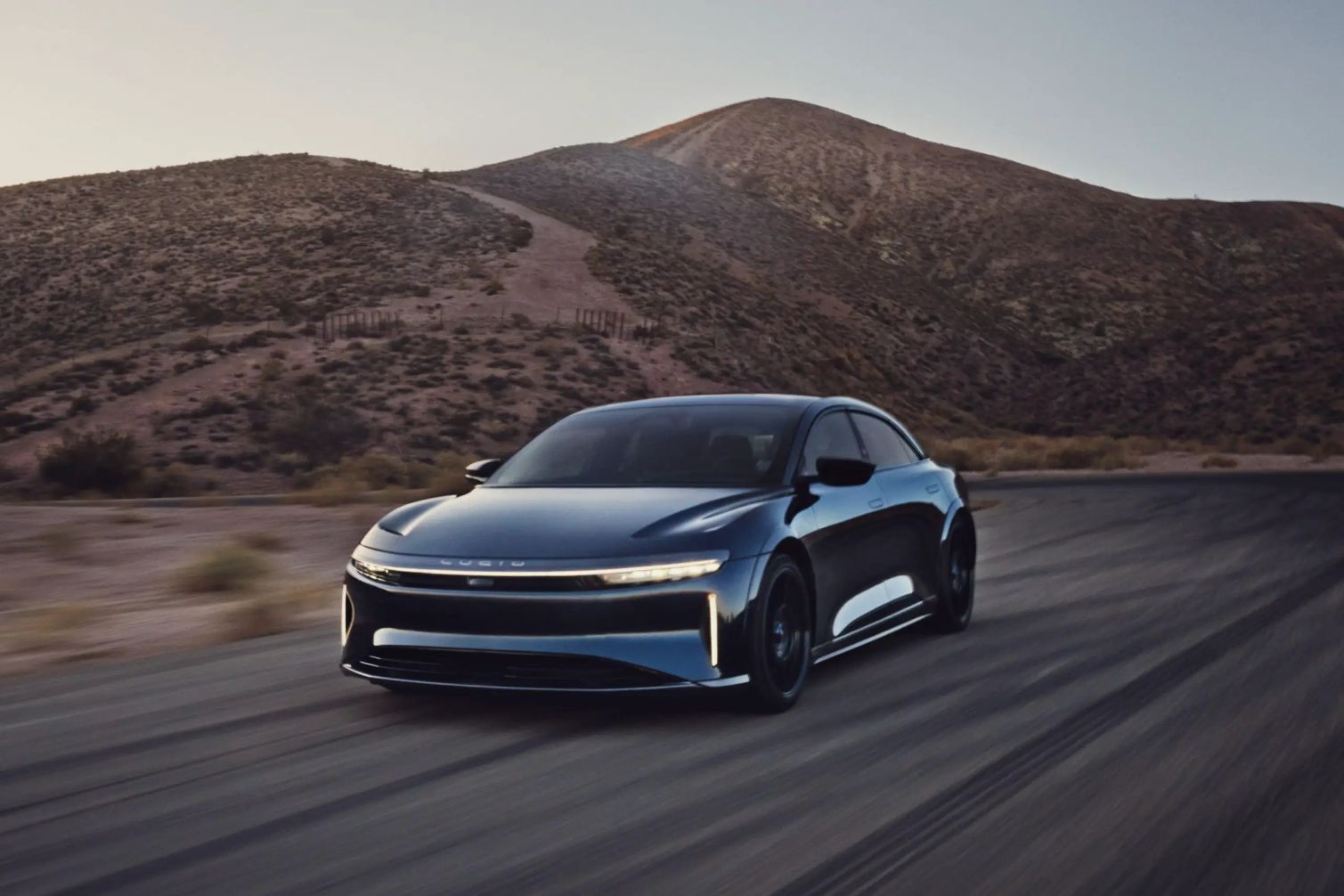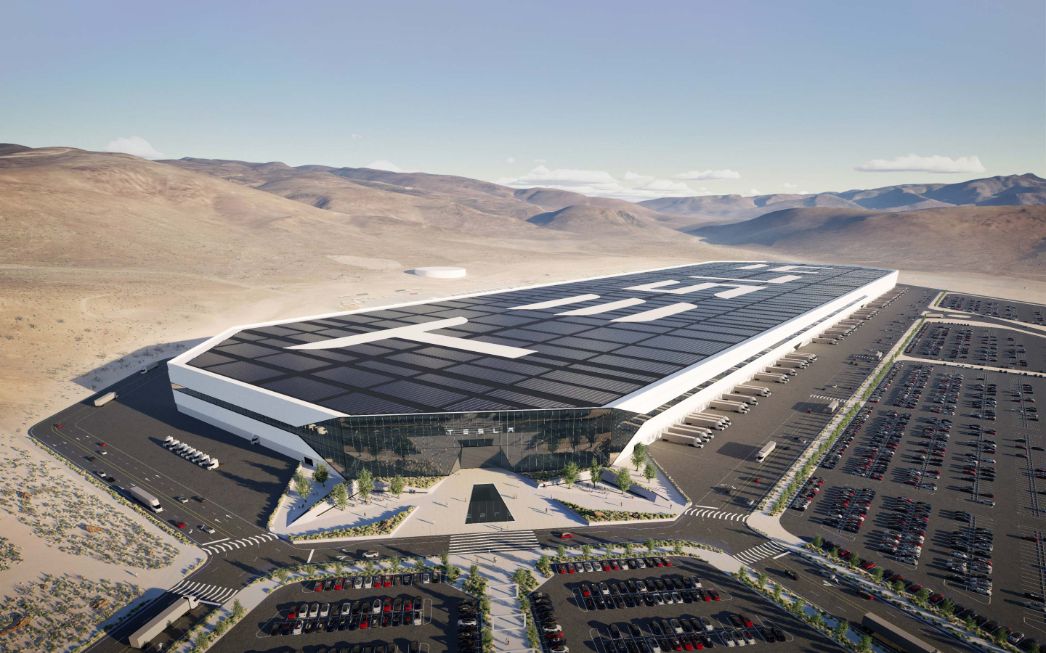In a recent development, Tesla unveiled its latest self-driving hardware iteration, the Hardware 4 (HW4), earlier this year. Initially introduced in the Model S and Model X, this advanced computer system was subsequently incorporated into the Model Y, albeit with certain distinctions. The HW4 release is accompanied by a noteworthy upgrade in camera technology, a factor that could hold significant implications for the Full Self-Driving (FSD) capabilities of Tesla’s vehicles.
An intriguing comparison video, compiled by AIDRIVR, an FSD Beta tester, has surfaced, juxtaposing the visual output of the HW3-equipped cameras with those of the new HW4 system. This visual evaluation was meticulously conducted, employing both a 2018 Model S and a 2023 Model Y, driven side-by-side along identical routes. The comparison reveals a marked disparity in visual quality, with the HW4 cameras, boasting 5 megapixels, showcasing a considerable enhancement over the 1.2 megapixel counterparts found in HW3.
See also: Tesla CEO Confirms No Retrofit Option for Hardware 3 to Hardware 4 Upgrade
Tesla Autopilot HW3 and HW4 footage compared (much bigger difference than expected): pic.twitter.com/VTqLxKbcU4
— ΛI DRIVR (@AIDRIVR) August 8, 2023
The video provides compelling evidence of the heightened clarity offered by the HW4 camera system. In contrast to the blurred and challenging-to-discern license plates and road signs captured by the HW3 cameras, the HW4 footage exhibits substantially crisper imagery. The notable improvements extend to the rear camera as well, characterized by a more pronounced fish-eye effect that affords a significantly wider field of view. It is worth noting that the rear camera’s fish-eye effect on the 2018 Model S in the video appears less pronounced compared to the ones on the 2019 Model 3 and 2022 Model Y.
Further analyses of the comparison video highlight an improved image quality during nighttime footage, a refined brightness control mechanism contributing to enhanced exposure, and a more vivid and accurate representation of colors. Notably, the red hue of stop signs, which has historically appeared somewhat orange-like in HW3 footage, now exhibits a truer shade of red in the HW4 visuals.
See also: New Video Shows Extensive Suspension Testing of Tesla’s Cybertruck at Fremont Factory Test Track
While these advancements in visual quality are evident, their direct implications for the FSD Beta performance remain to be fully understood. Elon Musk, Tesla’s visionary CEO, has asserted that vehicles equipped with HW4 possess a 3 to 5 times higher capability compared to those fitted with HW3. However, the extent to which these enhancements are attributed to the superior visual quality is yet to be delineated.
As the comparison footage circulates, a pertinent query arises regarding the feasibility of retrofitting the enhanced camera system. Prior statements from Musk indicate that Tesla will not be offering a retrofit option from HW3 to HW4. Furthermore, given the disparate connectors utilized in the HW4 side repeaters, updating the cameras to the HW4 standard also appears to be an improbable endeavor.
In light of these developments, the integration of Tesla’s HW4 and its accompanying camera enhancements marks a significant stride towards refining the visual input crucial for autonomous driving capabilities. While the video underscores the palpable disparity in quality, the exact extent of its influence on FSD remains a subject of anticipation and scrutiny.

